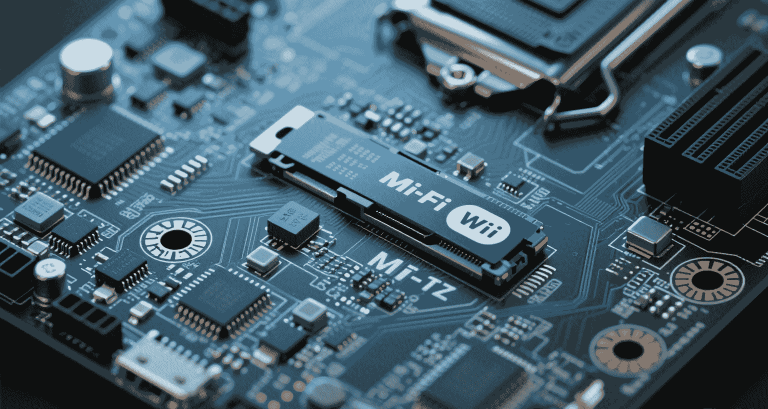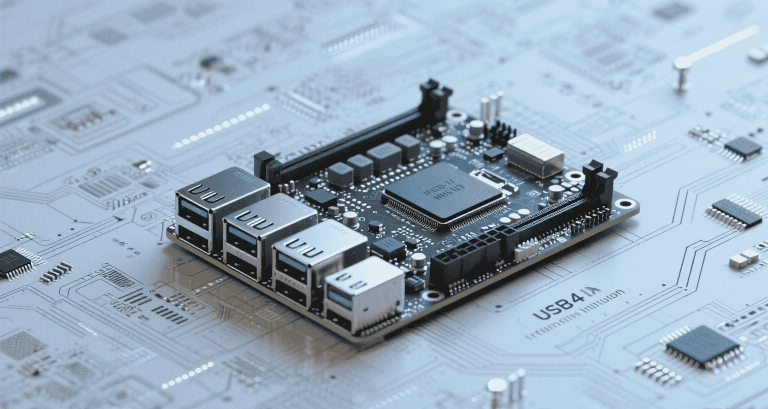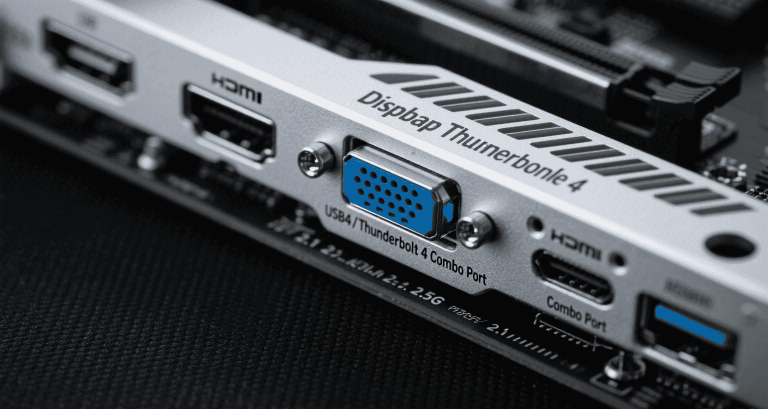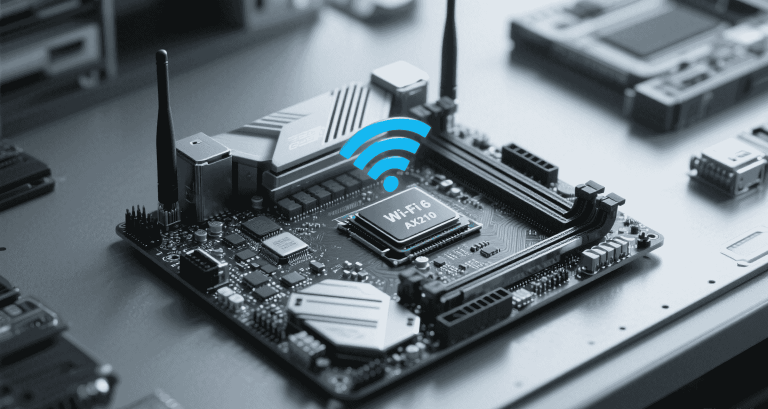LTE vs 4G: 12 Different Differences You Need to Know
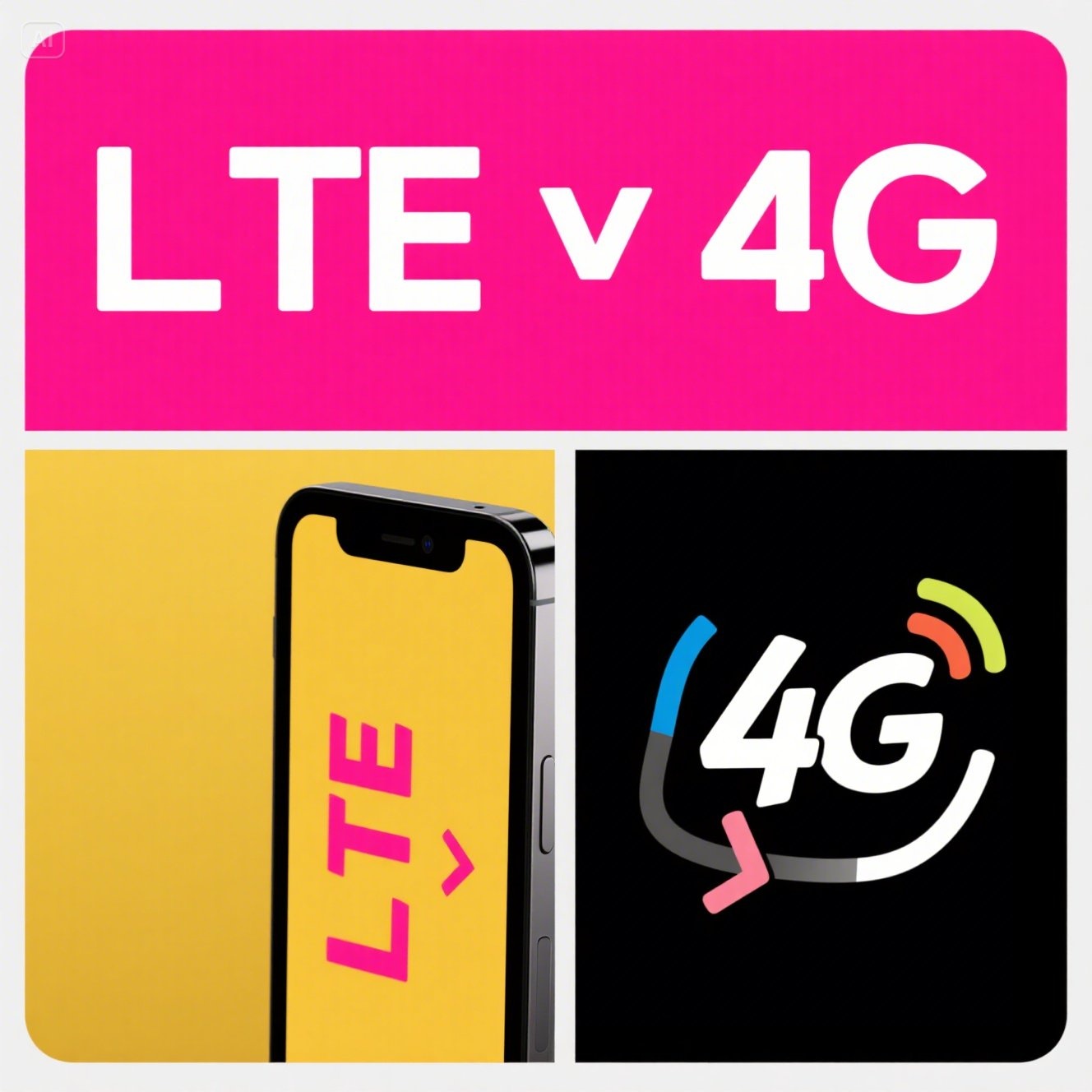
Table of Contents
- Introduction to LTE and 4G
- Network Architecture and Infrastructure Differences
- Performance and Speed Comparisons
- Device Compatibility and Integration
- Where You Can Access LTE and 4G Coverage
- Connection Reliability You Can Expect from Each Network
- How Complex It Is to Deploy and Manage
- Cost Implications and Deployment Considerations
- Meeting Standards and Compliance Requirements
- Impact on Battery Life and Energy Efficiency
- Latency and Real-time Application Performance
- Security Protocols and Data Protection
- Preparing Your Network for Future Upgrades to 5G
- Evaluating Which Network Is More Ready for the Future
Introduction to LTE and 4G
LTE (Long Term Evolution) and 4G are two of the most important wireless technologies powering modern connectivity. LTE was originally designed as a stepping stone between 3G networks and the more advanced 4G standard. While many carriers label LTE as “4G LTE,” this naming can be misleading, as LTE does not fully comply with the ITU’s IMT-Advanced specification that defines true 4G. This distinction is especially important when you evaluate performance, latency, and future scalability. At miniitxboard, we help customers clarify these differences to choose the right embedded or industrial solution.
Network Architecture and Infrastructure Differences
One of the foundational differences between LTE and 4G is the architecture of the networks themselves.
- LTE: Uses a flatter, all-IP architecture, which reduces complexity and makes integration with 3G networks easier.
- 4G: Relies on an Enhanced Packet Core (EPC) and advanced MIMO antennas, requiring more sophisticated infrastructure upgrades.
| Feature | LTE | 4G |
|---|---|---|
| Core Network | Flat All-IP | Enhanced Packet Core |
| MIMO Support | 2×2 MIMO | Up to 8×8 MIMO |
| QoS Management | Basic | Advanced |
From an integration perspective, LTE can be deployed incrementally, while 4G often requires overhauling both the core and radio access networks. For industrial use cases, this may impact budget and deployment timelines significantly.
Performance and Speed Comparisons
Performance metrics are often the main reason businesses upgrade from LTE to 4G.
- LTE offers download speeds between 50–150 Mbps and latency around 30–50 ms.
- 4G can deliver up to 1 Gbps download and 500 Mbps upload speeds with latency under 10 ms.
- These improvements enable applications like high-definition video streaming, autonomous vehicles, and industrial automation.
Chart: Average Latency Comparison (ms)
| Technology | Latency | Visual Comparison |
|---|---|---|
| LTE | ~30–50 ms | |
| 4G | <10 ms |
Device Compatibility and Integration
Choosing compatible hardware is essential for a successful deployment. LTE devices are widely available and tend to be backward-compatible with 3G networks. In contrast, true 4G devices often require updated RF components, better antennas, and more advanced firmware support.
- LTE modules are more mature and affordable.
- 4G modules may be required for demanding use cases like remote industrial monitoring.
- miniitxboard provides hardware tested for both LTE and 4G standards.
Where You Can Access LTE and 4G Coverage
Coverage is one of the most important considerations when planning a deployment:
- LTE: Over 90% global coverage in most developed markets.
- 4G: Continues to expand but may not be available in remote or rural areas.
This is why many integrators deploy hybrid LTE/4G solutions to maintain connectivity across diverse locations.
Connection Reliability You Can Expect from Each Network
Reliability varies based on architecture and capacity planning. 4G networks are more robust in handling congestion and offer better error correction.
- LTE can experience congestion-related slowdowns.
- 4G offers advanced handoff protocols to maintain consistent performance.
How Complex It Is to Deploy and Manage
LTE is simpler to deploy, thanks to backward compatibility and incremental upgrade options. 4G requires more expertise and comprehensive upgrades:
- Updating core network components to EPC.
- Installing advanced MIMO antennas.
- Integrating enhanced security and QoS configurations.
Cost Implications and Deployment Considerations
Cost is a decisive factor in many projects. LTE generally has lower upfront costs and faster ROI. However, 4G can yield long-term cost savings by reducing latency and improving throughput.
| Category | LTE | 4G |
|---|---|---|
| Infrastructure Investment | Lower | Higher |
| Device Costs | Moderate | Higher due to advanced modules |
| Maintenance | Lower | Higher complexity |
Meeting Standards and Compliance Requirements
Regulatory compliance is stricter for mission-critical and industrial applications:
- 4G simplifies compliance with ISO and IEC standards.
- LTE may not meet performance requirements for low-latency applications.
Impact on Battery Life and Energy Efficiency
Battery life is critical for IoT devices:
- LTE devices may consume more power during sustained data transfers.
- 4G achieves higher efficiency by completing transmissions faster.
Latency and Real-time Application Performance
4G’s low latency makes it ideal for real-time control, telemedicine, and robotics. LTE is adequate for most consumer applications but not optimal for mission-critical workloads.
Security Protocols and Data Protection
Both standards offer encryption and authentication, but 4G includes stronger replay attack protection and improved mutual authentication.
Preparing Your Network for Future Upgrades to 5G
4G infrastructure supports a smoother migration to 5G Non-Standalone (NSA) modes, while LTE may require more extensive retrofitting.
Evaluating Which Network Is More Ready for the Future
LTE remains cost-effective and widely available, but 4G offers future-proof performance, security, and efficiency. At miniitxboard, we help you evaluate trade-offs and select the best network technology for your application.

